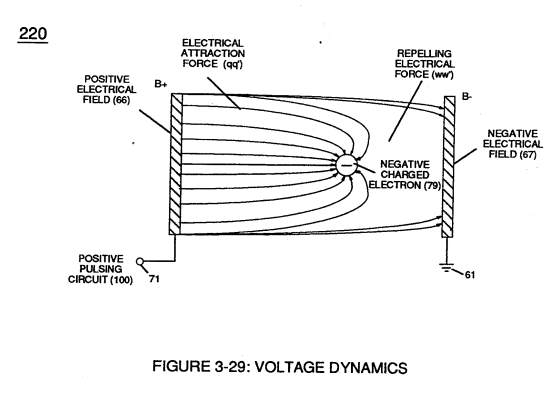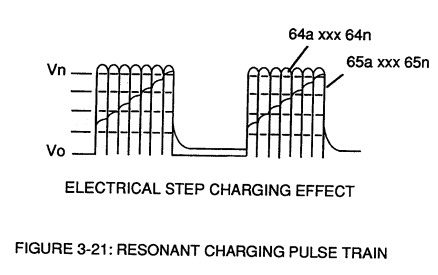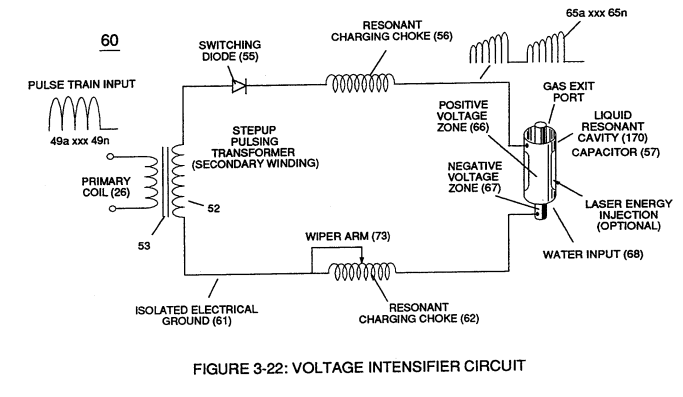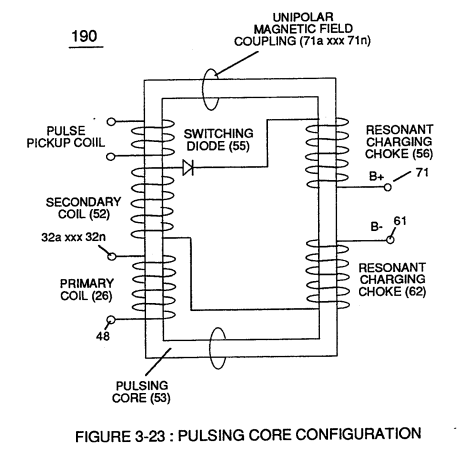Voltage Dynamics
Voltage is "electrical pressure" or "electrical force" within electrical circuit (60) and is known as voltage potential (65a xxx 65n) of Figure (3-21).
The higher the voltage potential (Vo xxx Vn), the greater "electrical attraction force" (qq') or "electrical repelling force" (ww') of Figure (3-29) is applied to electrical circuit (60) of Figure (3-22).
Voltage potential (65) is an "unaltered" or "unchanged" energy-state when "electron movement" or "electron deflection" is prevented or restricted within electrical circuit (190) of Figure (3-23).
|
Figure (3-22) |
Figure (3-23) |
 Unlike voltage charges within electrical circuit (60) steps up "electrical attraction force" (qq'); whereas, like electrical charges within the same electrical circuit (60) encourages an "repelling action" (ww'), as illustrated in Figure (3-29).
Unlike voltage charges within electrical circuit (60) steps up "electrical attraction force" (qq'); whereas, like electrical charges within the same electrical circuit (60) encourages an "repelling action" (ww'), as illustrated in Figure (3-29).
In both cases, electrical charge deflection or movement is directly related to applied voltage (65).
These electrical "forces" are known as ''voltage fields" and can exhibit either a positive (66) or negative (67) electrical charge.
Likewise, Ions or charged particles (atoms having missing or sharing electrons between unlike atoms) within electrical circuit (60) having unlike electrical charges are attracted to each other.
Ions or particle mass having the same or like electrical charges will move away from one another, as illustrated in (220) of Figure (3-29).
Furthermore, electrical charged ions or particles can move toward stationary voltage fields or voltage zones (66/67) of opposite polarity, and, is given by Newton's second law (Eq 12)
Where, the acceleration (A) of a particle mass (M) acted on by a net force (F).
Whereby, net force (F) is the "electrical attraction force" (qq') between opposite electrically charged
entities (210) of Figure (3-27), and, is given by Coulomb's law (Eq 13)
Whereas, difference of potential between two charges is measured by the work necessary to bring the charges together, and is given by (Eq 14)
The potential at a point to a charge (q) at a distance (R) in a medium whose dielectric constant is (e).






